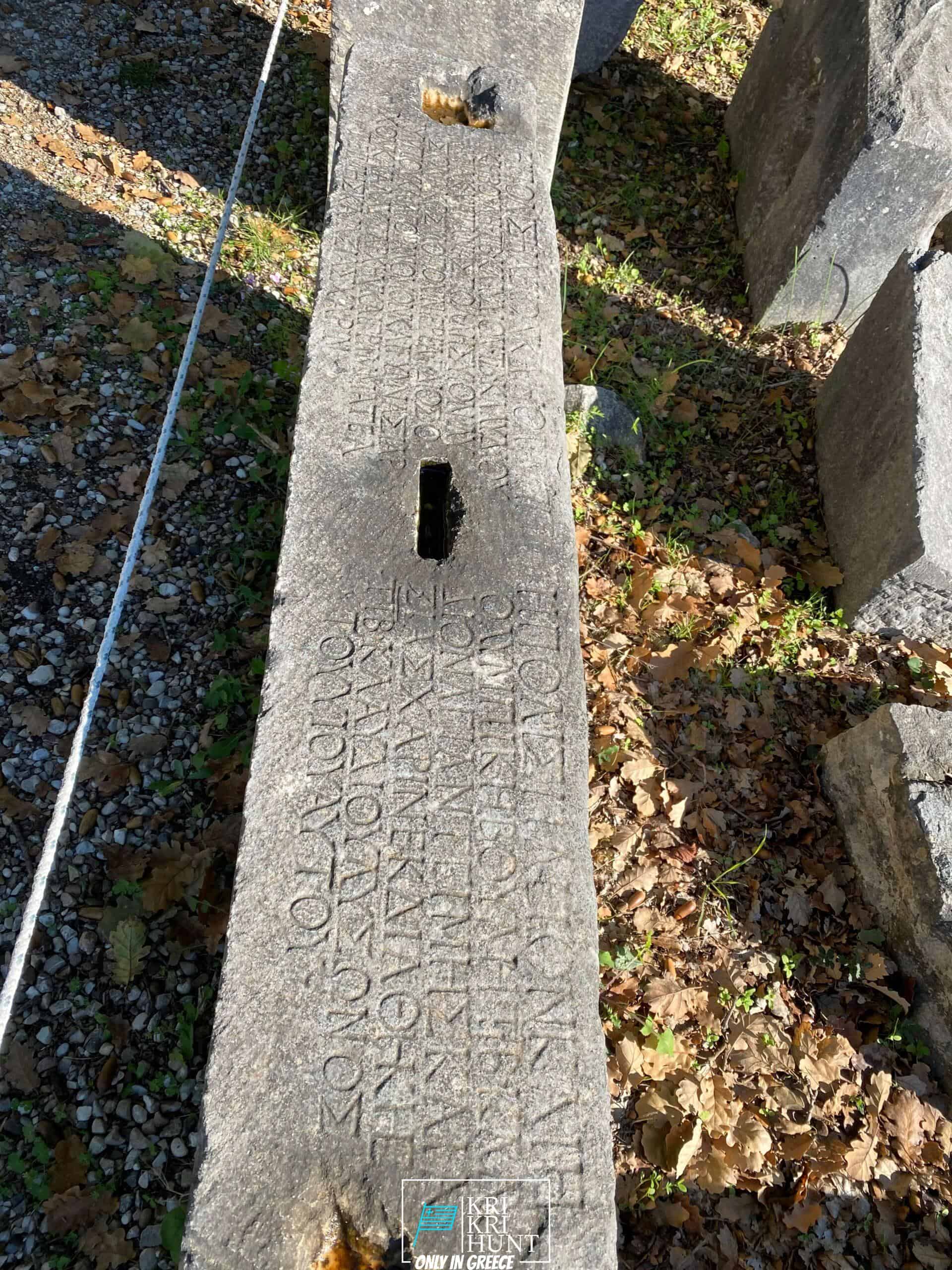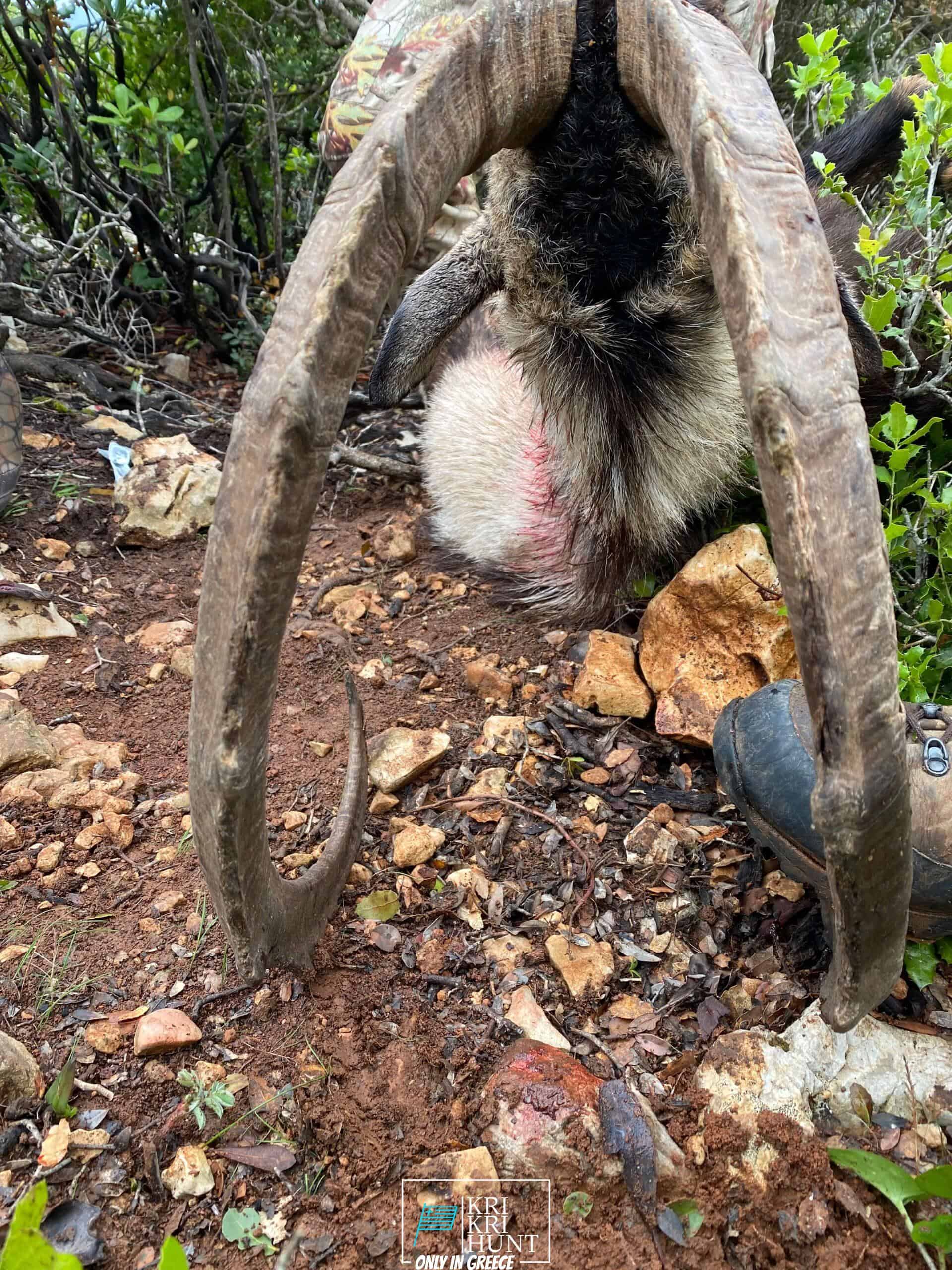Paddle right into the sunset on huge video game searching vacations in Greece for greatest Kri Kri ibex
Paddle right into the sunset on huge video game searching vacations in Greece for greatest Kri Kri ibex
Blog Article

The Kri Kri ibex hunt in Greece is an amazing searching getaway and also an amazing searching expedition all rolled into one. Searching for Kri Kri ibex is an unpleasant experience for the majority of seekers, however except me! It's an incredible hunt for a lovely Kri Kri ibex on an unique island as we visit old Greece, dive to shipwrecks, and also quest during five days. What else would you like?

The number of Ibexes changes with the populace due to the fact that it is not set. The Ibexes of the Cretan Ibex breed Kri-Kri is the smallest ibex in terms of body weight, but not horn length (Capra Aegagrus Cretica). A couple of specimens that went uncounted determined 115 cm (45 inches). The gold prize is 61 cm (24 inches) long. The Kri-Kri ibex is hunted in Greece currently. Hunting is available on Atalanti and also Sapientza. Searching is permitted on Atalanti from the recently of October to the first week of December. Hunting is allowed on Sapientza for the whole month of November, depending upon weather conditions.
Our outside hunting, fishing, as well as cost-free diving trips are the best method to see every little thing that Peloponnese needs to supply. These tours are made for tourists who want to get off the beaten path as well as truly experience all that this amazing area has to supply. You'll reach go searching in a few of the most lovely wilderness areas in Greece, fish in crystal-clear waters for a variety of various varieties, as well as totally free dive in a few of the most sensational coast in the Mediterranean. As well as best of all, our knowledgeable overviews will certainly be there with you every step of the way to ensure that you have a safe and also delightful experience.
Experience 'Real' Greece with Our Peloponnese Tours. If you're looking for an authentic Greek experience, look no further than our Peloponnese excursions. From old damages as well as castles to tasty food and also a glass of wine, we'll reveal you every little thing that this outstanding region has to provide. What are you waiting for? Schedule your journey today! Your Kri Kri ibex searching in Greece is right here!
What is the diference between Kri Kri ibex, Bezoar ibex and hybrid ibex
The kri-kri is not thought to be indigenous to Crete, most likely having been imported to the island during the time of the Minoan civilization. Nevertheless, it is found nowhere else and is therefore endemic to Crete. It was common throughout the Aegean but the peaks of the 8,000 ft (2,400 m) White Mountains of Western Crete are their last strongholds–particularly a series of almost vertical 3,000 ft (900 m) cliffs called ‘the Untrodden’—at the head of the Samaria Gorge. This mountain range, which hosts another 14 endemic animal species, is protected as a UNESCO Biosphere Reserve. In total, their range extends to the White Mountains, the Samaria National Forest and the islets of Dia, Thodorou, and Agii Pandes.
This Ibex is NOT a diminutive form of the Bezoar Ibex, which has migrated into the western-most reach of the range of this species. The kri – kri (Capra aegagrus cretica), sometimes called the Cretan goat, Agrimi, or Cretan Ibex, is a feral goat inhabiting the Eastern Mediterranean, previously considered a subspecies of wild goat. The kri-kri has a light brownish coat with a darker band around its neck. It has two horns that sweep back from the head. In the wild they are shy and avoid tourists, resting during the day. The animal can leap some distance or climb seemingly sheer cliffs.
“The agrimi goat Capra aegagrus cretica is unique to Crete and its offshore islands. It has been identi®ed as a sub-species of the wild bezoar goat Capra aegagrus aegagrus Erxleben, 1777, which it closely resembles in horn shape, body form and coloration. This classi®cation has been disputed by some researchers who claim that the agrimi are feral goats, derived from early domestic stock brought to the island by the ®rst Neolithic settlers. In order to clarify this issue, DNA analyses (cytochrome b and D loop sequences) were carried out on tissue of live and skeletonized agrimi and compared to sequences of wild and domestic caprines. Results conclusively show the agrimi to be a feral animal, that clades with domestic goats (Capra hircus) rather than with wild Asiatic bezoar. This study demonstrates that morphometric criteria do not necessarily re¯ect genetic af®nities, and that the taxonomic classi®cation of agrimi should be revised.”
Report this page